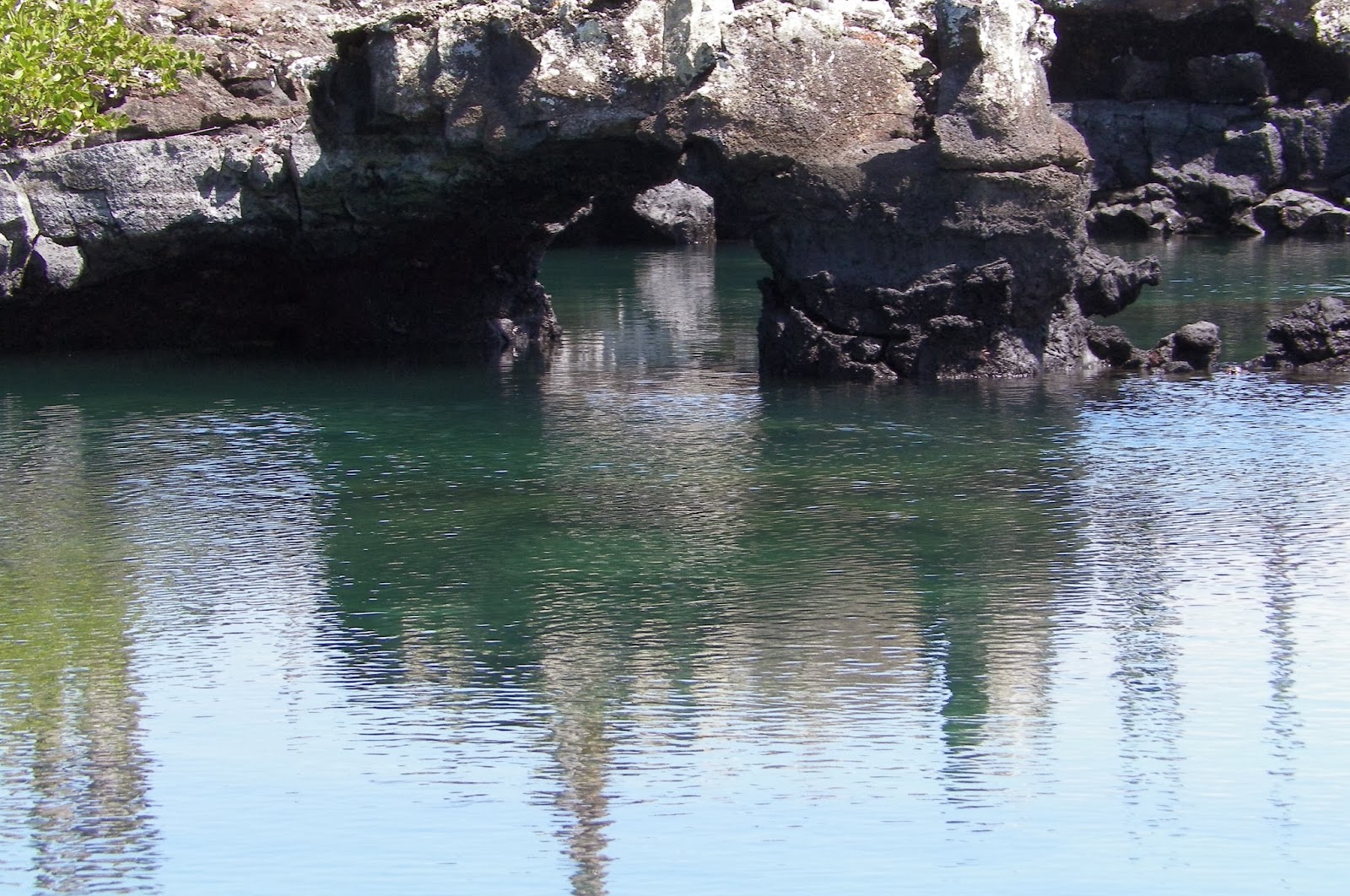Sailing for Three Thousand
Miles
What is it like to sail for three
thousand miles, or two thousand nine hundred eighty, to be exact? Now
having clarified the mileage, being in a sail boat we never sail
directly to our destination. So we covered a greater distance than
the three thousand miles.
The planing that goes into a three week
trip, give or take a couple of days, is extensive. The food has to be
purchased according to meal plans. At home a trip to the local
supermarket and you are all stocked. Here in the Galapagos, nothing
is easy. Between the three of us, we probably made four or five trips
ashore each, with different objectives. We never were able to buy
Brian's Diet Coke. Fueling the boat was also difficult. We had to
estimate how much fuel we would take on, pay an agent $5.99 per
gallon in advance, then wait for over half a day for the fuel to
arrive. The boat that carried the fuel was a skiff with ten or so,
fifteen gallon barrels of fuel. He then would pump or siphon the
fuel. I would have to holler stop before the tank would over flow.
This was repeated for each five gallon container we had on the rail
along with the ship's tank.
Final under way and out of the
Galapagos. This was relief as the regulations were burdensome but
worth the visit. We only carry enough fuel for a thousand miles. This
requires us to sail for at least two thirds of the trip. The
Galapagos are located near the doldrums. As we left we had wind for
the first day but were overtaken by the doldrums as they moved south.
We purposely sailed south of the rumb line trying to stay ahead of
the light air, but alas that didn't happen. So the motor went on and
we motored for two days. A day of relief under spinnaker and back to
the motor. We finally reached the trades on the fourth day and the
sailing began.
“So what do you do all day?” a
quote from an Eileen Quinn song. The day is mostly routine. Watches
begin at nine PM and end at nine AM. With three of us, we get six
hours sleep between watches unless something comes up at night. It
seams that if anything is going to come up, it will come up at night.
A new saying to add to the list from the movie Captain Ron.
The day starts with breakfast, dishes
and cleanup. If there are any repairs to make this is the time to
begin those tasks. Please bear in mind that anything one does on a
boat at sea takes longer, much longer than on land. Another quote
from an Eileen Quinn song is “The life of a sailor is of perpetual
motion”. We are moving left, right up and down, all at the same
time. Just going to the bathroom can be an ordeal with the motion of
the boat. Just think of taking a shower, soaped up and slippery,
trying not to fall. We also write our logs during the day,which take
a couple of hours. At 11 PM Galapagos time, or what is called start
time, we have the World ARC radio net. Each boat gives their latitude
and longitude along with the wind speed and direction. Then at 8 PM
we have an informal role call with the status on the boat. This has
become a looked forward event each day. After the net, we have radio
faxes to try and receive. Some times they come clear, and some time
not at all. The SSB is an AM radio with all the benefits and
pitfalls. In between the tasks we take a nap in preparation for the
nights watches. Sleeping can be difficult. Just about the time you
does off, a wave set from the north hits the boat and we rock side to
side like a carnival ride. So it adjust your position and try to fall
asleep again.
During the day, we fish, look for sea
life or just sit and look at the water. Each wave looking similar to
the last until you look up and see the ten footer rolling in. The
boat lifts and pitches, accelerates down the wave and settles back
in. The larger waves usually comes in sets of three, forcing you to
look up at the next two, repeating the lift, pitch and accelerate.
There the occasional dolphins that parade in front of the boat for
extended periods of time, riding the bow wave to save energy.
Occasionally there is a siting of a whale or something bizarre. We
watched a shark jump about fifteen feet in the air, and repeat the
feat five times.
The days start to pass and three days
turn into a week, then two weeks and on to almost there. For us there
were three milestones. When we reached one third of the way, half way
and under a thousand miles. As you start to count the days instead of
weeks an excitement grows on the boat. Then finally there. One
mistake we made was to decide that the trip would only take nineteen
days, which caused a disappointment when it became obvious that it
would be twenty, maybe twenty 21 days. For out next long crossing, we
will assume the worst and be glad if we get in early.



















































